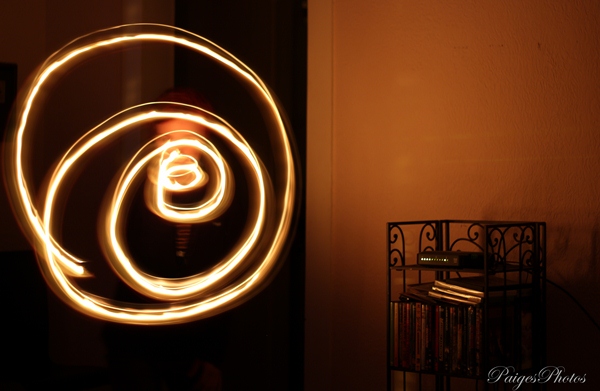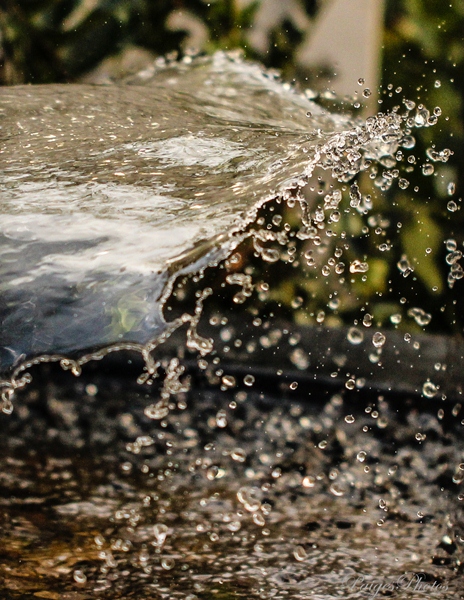Photo Lesson: Shutter Speed
Shutter speed along with the aperture of the lens (also called f-number) determines the amount of light that reaches the film or sensor. Conventionally, the exposure is measured in units of exposure value (EV), sometimes called stops, representing a halving or doubling of the exposure. (Wiki)
Playing with shutter speed can vastly change the feeling of an image. A picture only capture a single moment in time, but by changing how long that moment is, you can capture "motion" in your still-frame image, or you can freeze a subject in place.
Shutter speed is how long the tiny door in front of your camera's sensor (a sensor for a digital camera, or film for a film camera) remains open to light. You open your camera's shutter when you press the "shutter" button to take a picture. On a digital SLR camera, you can tell your camera how long you want it's shutter "door" to remain open when you press the button. If you tell your camera to use a 1/60 second shutter speed, also known as exposure time, your camera's sensor will capture the scene coming through your optical lens for 0.016 seconds, or approximately 16 milliseconds.
So the moment in time that you can capture in a picture depends upon your shutter speed! You could set your camera at 1/250 and only capture 4 milliseconds worth of action. For slow speed photography, you could slow your camera's shutter speed down to 5 or 10 seconds, capturing multiple seconds' worth of action!
There are photographers who are expert at light painting, a photographic technique that I tried to use above with a dark room and a candle, at a 10 second exposure time. Of course, your camera has to be extremely still to capture 10 seconds worth of motion in your scene, or else the entire image would be blurry. You must use a tripod or a hard surface (I just placed my camera on my desk). Here, the only blur in the camera comes from anything in the scene that is moving.
You can also freeze objects in motion with high shutter speeds. With my Canon T3i and 100mm Macro lens, I set my shutter speed to 1/4000 seconds to freeze the water in a water fountain. That means I only caught 0.25 milliseconds worth of action! With this fast of an exposure time, you can freeze the movement of water and see water droplets that you can't see with your naked eye. I believe the human eye cannot distinguish a frame rate beyond 1/60 - 1/100 seconds (readers, check me on this!).
Some digital SLR cameras can go up to 1/8000 second shutter speeds! However, with high shutter speed, your camera must compensate with a large aperture and high ISO (a rating of your camera sensor's sensitivity to light). As you double your shutter speed, you cut the amount of light hitting your sensor by half. To capture these high shutter speed images of water, I took pictures outside on a sunny day.
Have any tips on shutter speed, light painting or high speed photography?! Please share!


